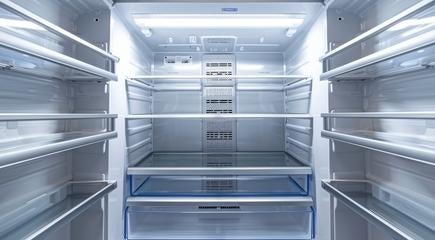DOE Appliance Standards for Battery Chargers

Beyond test procedure changes, prescribed in the September 2022 Test Procedure Final Rule, the U.S. Department of Energy (DOE) is proposing amendments to energy conservation standards for battery chargers. Proposed limits for Active Mode Energy and Standby Mode Power are shown in Table 1 for newly proposed product classes listed in Table 2, which includes wireless chargers.
| Product Class | Battery Energy in Wh (Ebatt) | Maximum Active Mode Energy in Wh (Ea) |
Maximum Standby Mode Power in W (Psb = Pm + Pnb) |
Off Mode Power in W (Poff) |
| 1a | ≤ 100 | 1.718*Ebatt + 8.5 | 1.5 | 0 |
| 1b | N/A | N/A | 0.8 (Pnb only) | |
| 2a | ≤ 100 | 1.222*Ebatt + 4.980 | 0.00098*Ebatt + 0.4 | |
| 2b | 100-1000 | 1.367*Ebatt + -9.560 | ||
| 2c | >1000 | 1.323*Ebatt + 34.361 |
Table 1: Proposed Amended Energy Conservation Standard
| Product Class | Description | Battery Energy |
| 1a | Fixed-location wireless chargers | ≤ 100 Wh |
| 1b | Open-placement wireless chargers | All battery energy |
| 2a | Low-energy wired battery charger | ≤ 100 Wh |
| 2b | Medium-energy wired battery charger | 100-1000 Wh |
| 2c | High-energy wired battery charger | > 1000 Wh |
Table 2: Proposed Product Classes
In the Notice of Proposed Rulemaking (NOPR), such product classes are differentiated by charging characteristic, receiver locating feature, and battery energy. In particular, Product Class 2c for battery energy >1 kWh is causing stakeholder concerns due to the difficulty to meet system Active Mode Energy limits with lead-acid batteries, which are often used in marine applications and golf carts. As such, multiple stakeholders have asked the DOE to extend the deadline for the comment period.
In the technology assessment, DOE cites options including lower-loss transformer cores, modern switched-mode power supplies, wide bandgap semiconductor technologies such as gallium nitride and silicon carbide, and improved circuitry to limit or eliminate standby power.
For efficiency levels analysed, DOE considered Candidate Standard Levels (CSL) 0 – 4. Per Table 3, DOE’s current standard serves as CSL0 in the case of wired battery chargers, while DOE developed CSL0 for wireless chargers as a baseline from its own test data. CSL 1 – 3 reflect levels with increasing stringency based on successively lower pass rates.
| CSL | Description |
| CSL0 | Current DOE standards (or analyzed baseline level for wireless chargers) |
| CSL1 | ~70% Pass-rate ("Intermediate") |
| CSL2 | ~40% Pass-rate ("Above Intermediate") |
| CSL3 | ~10% Pass-rate ("Max Tech") |
Table 3: Candidate Standard Levels
To maximize the benefit that’s technologically feasible and economically justified, DOE is recommending Trial Standard Level 2, which maps to Efficiency Level 1 (of “Intermediate” CSL1) for wireless product classes and Efficiency Level 2 (of “Above Intermediate” CSL2) for wired product classes. If adopted, DOE estimates a total full-fuel-cycle emissions reduction of 40 million metric tons of CO2
For more rule-making information and development activities related to battery charger standards, please refer to docket number EERE-2020-BT-STD-0013 on the regulations.gov website.





